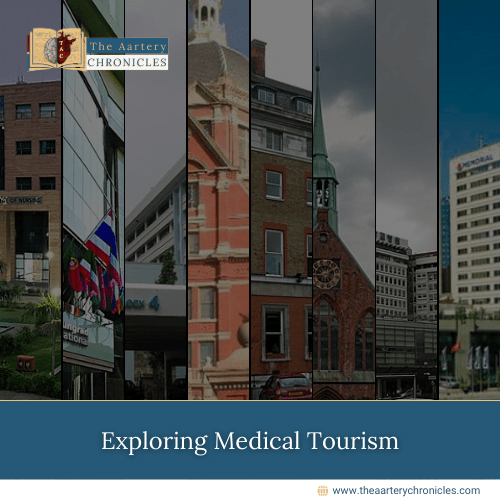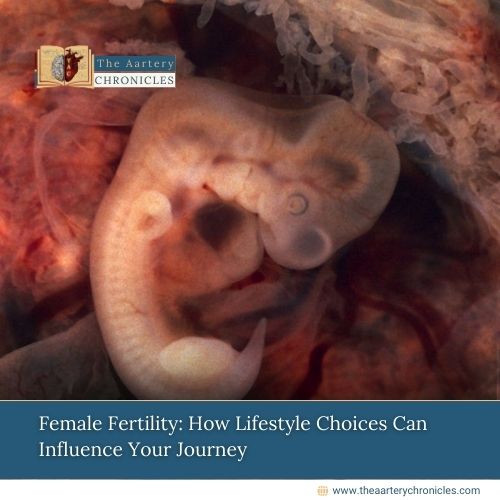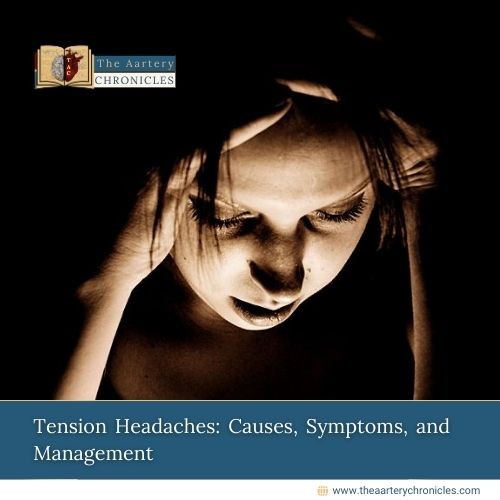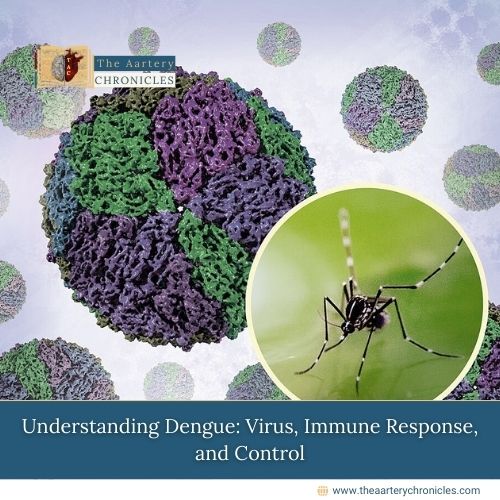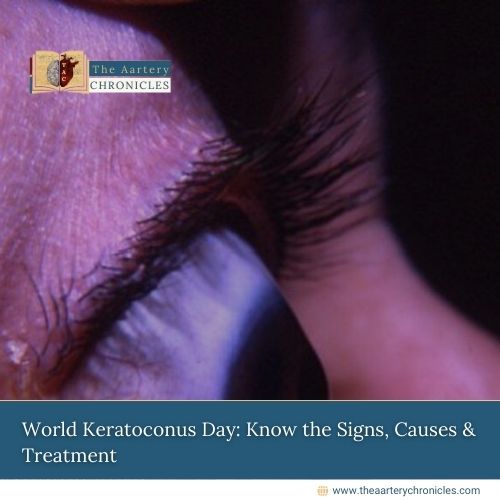
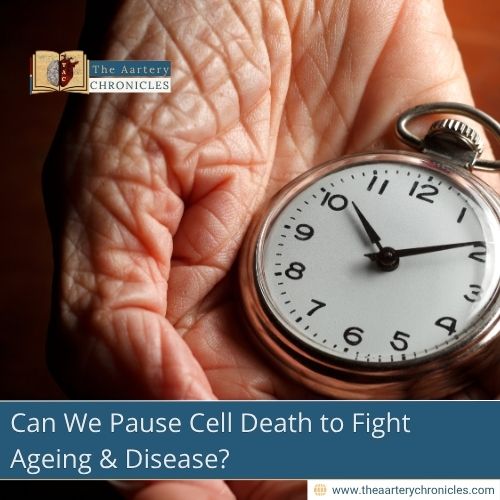
Can We Pause Cell Death to Fight Ageing & Disease?
Summary: A new study reveals that stopping necrosis, a chaotic form of cell death, could change how we treat ageing, chronic diseases, and even help astronauts survive deep space travel. By understanding and pausing necrosis, scientists believe we can prevent organ damage, improve healing, and unlock longer, healthier lives on Earth and beyond.
Could Pausing Cell Death Be the Secret to Longevity?
What if aging, organ failure, and even space travel risks could all be tackled by one powerful discovery? Scientists believe the key might lie in necrosis, a destructive form of cell death that has long flown under the radar. A new study led by UCL, LinkGevity, and the European Space Agency (ESA) proposes that pausing necrosis could hold the key to preventing age-related diseases and unlocking longer, healthier lives both on Earth and in space.
What Is Necrosis And Why Should You Care?
Cells die every day but not all deaths are equal. Some, like programmed cell death, are natural and even beneficial, helping your body heal and renew itself. Others, like necrosis, are chaotic and damaging.
Necrosis happens when cells die unexpectedly due to infection, injury, or disease. This isn’t a clean exit, the cells rupture and spill toxic substances, triggering inflammation and harming surrounding tissues. Over time, this can snowball into chronic diseases like
- kidney failure
- Heart disease
- Alzheimer’s
“Nobody really likes talking about death, even cell death, which is perhaps why the physiology of death is so poorly understood,”
— Dr Keith Siew, UCL Centre for Kidney & Bladder Health
The Calcium Connection: How Cells Fall Apart
At the heart of necrosis is a surprising culprit, calcium. Inside healthy cells, calcium levels are tightly controlled. But when balance is lost, calcium floods the cell like an electrical short circuit, causing total collapse.
Unlike neat programmed cell death, necrotic cells explode releasing toxins that spark
- Widespread inflammation
- Tissue damage
“When cells die, it’s not always a peaceful process for the neighbours,”
— Dr Keith Siew
Necrosis: The Hidden Driver Behind Aging and Disease
The new study, published in Nature Oncogene, redefines necrosis not as a final stage, but as a core mechanism behind systemic degeneration, one that could be targeted to halt or even reverse damage.
“Necrosis has been hiding in plain sight… If we can target necrosis, we could unlock entirely new ways to treat conditions ranging from kidney failure to cardiac disease, neurodegeneration, and even aging itself,”
— Dr Carina Kern, CEO, LinkGevity
This new understanding positions necrosis as the common link across many diseases, making it a prime target for medical intervention.
Why Kidneys Are the First to Suffer
Among all organs, the kidneys may be the most vulnerable to necrosis. Age, stress, toxins, and reduced oxygen supply can all trigger necrosis, starting a vicious cycle that leads to kidney failure.
“With kidney disease, there’s no one underlying reason… All of these stressors eventually lead to necrosis. If you could intervene at the point of necrosis, you’d effectively achieve the same result,”
— Dr Siew
By the age of 75, nearly half of all people develop kidney disease, suggesting a huge untapped opportunity for early intervention.
Necrosis in Space: A Risk for Astronauts
Space travel speeds up aging, especially in the kidneys. Factors like microgravity and cosmic radiation make astronauts more susceptible to necrosis-related damage.
“Targeting necrosis offers potential to not only transform longevity on Earth but also push the frontiers of space exploration,”
— Prof. Damian Bailey, ESA Life Sciences Working Group
A 2024 study by Dr Siew found that the kidney is a bottleneck for deep space missions. Solving necrosis-related kidney damage may be essential for the future of interplanetary travel.
A New Era in Regenerative Medicine?
Stopping necrosis doesn’t just prevent damage, it may also promote regeneration. In conditions like heart failure, brain degeneration, and liver disease, blocking necrosis could restart healing and reverse fibrosis.
“Each cascade triggers and amplifies the next… If we could prevent necrosis, even temporarily, we would be shutting down these destructive cycles at their source,”
— Dr Kern
Can We Hit Pause on Cell Death?
The study is a collaboration between global leaders including UCL, Harvard’s Brigham and Women’s Hospital, Mayo Clinic, ESA, NASA’s Space-Health program, and others, all uniting around one mission: understanding and stopping necrosis.
If scientists can find ways to pause or control necrosis, it could redefine how we approach not just aging, but disease management and space health too.
Final Thoughts
The idea of hitting “pause” on a cell’s death spiral may sound futuristic, but the science is catching up. As Dr Kern puts it, necrosis might just be “one of the last frontiers in medicine.”

Dane
I am an MBBS graduate and a dedicated medical writer with a strong passion for deep research and psychology. I enjoy breaking down complex medical topics into engaging, easy-to-understand content, aiming to educate and inspire readers by exploring the fascinating connection between health, science, and the human mind.

